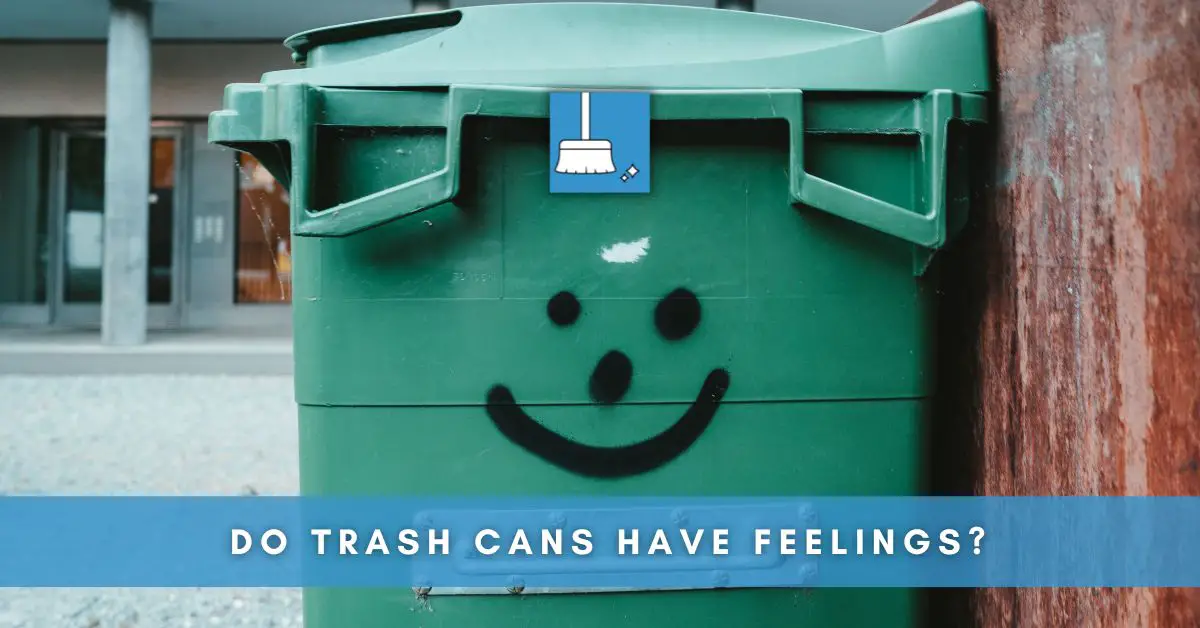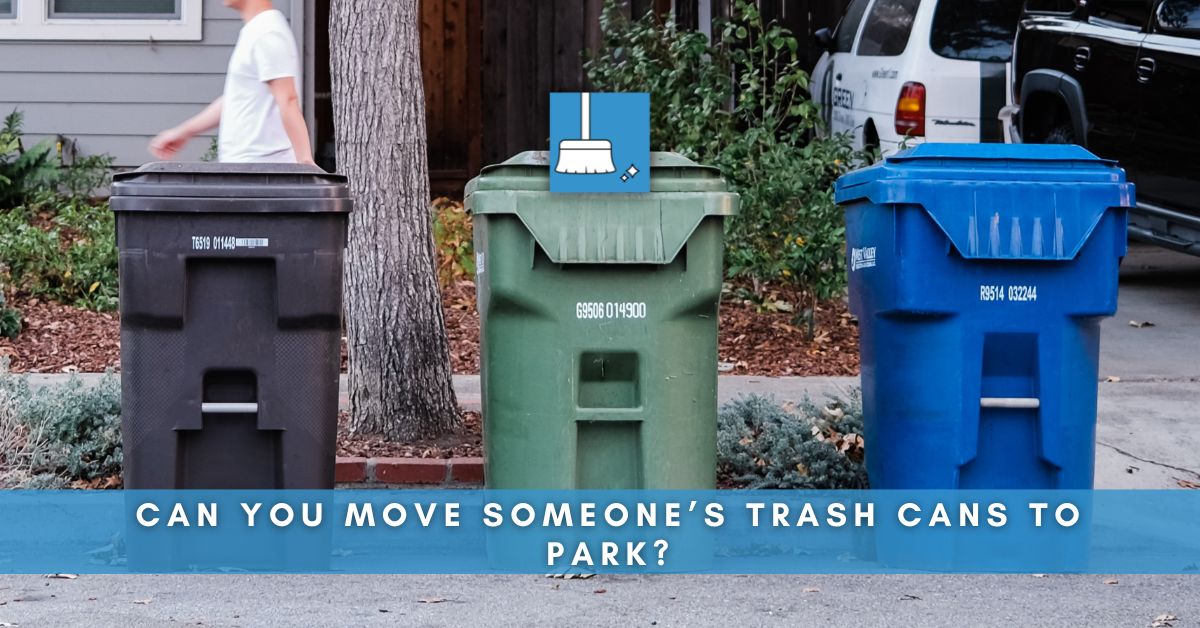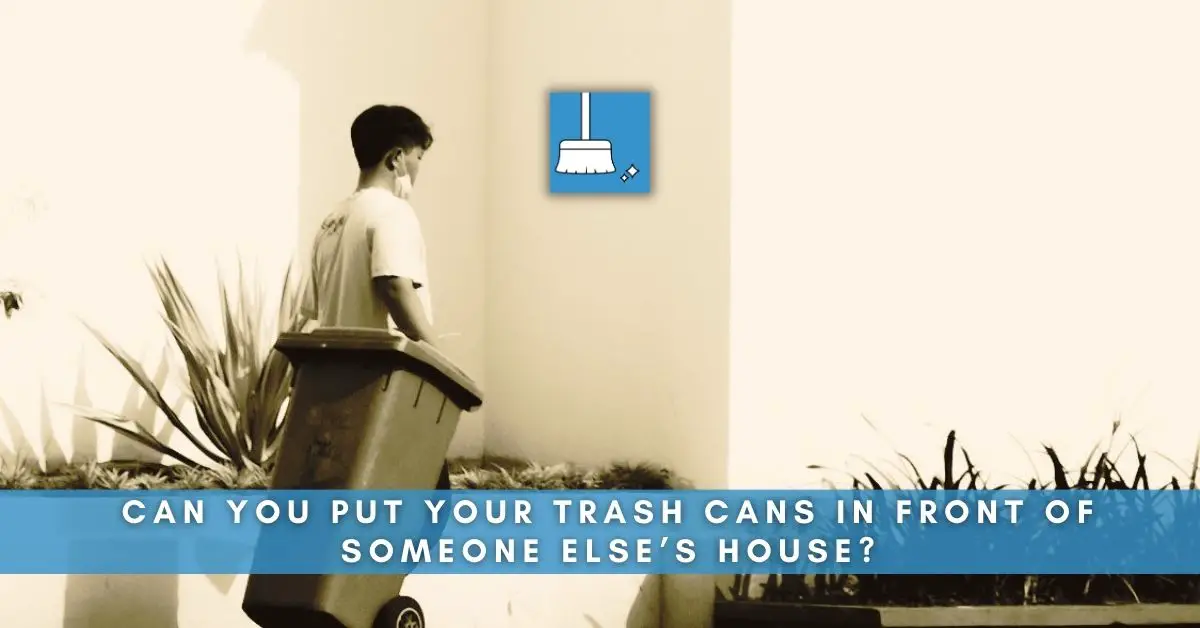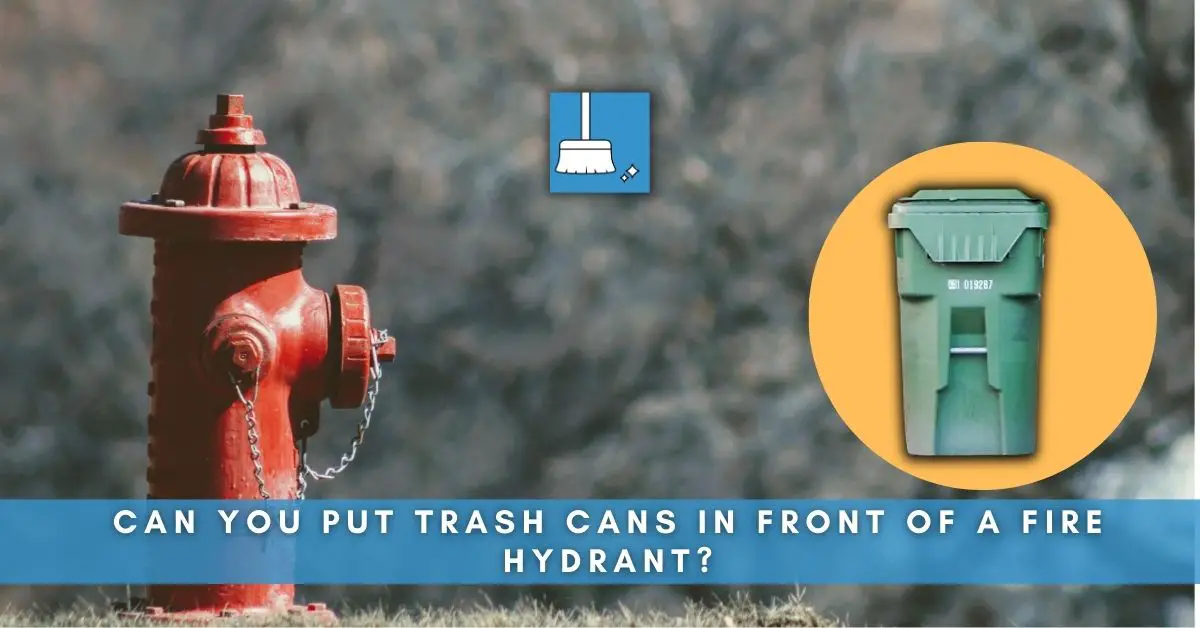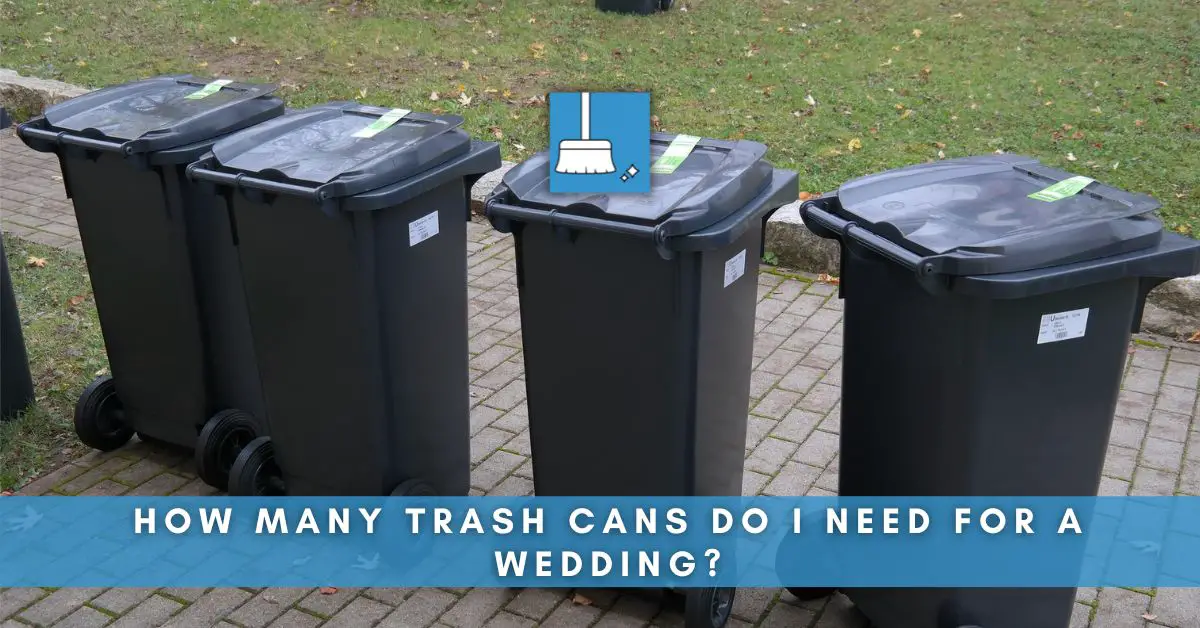Trash cans may seem like inanimate objects, but have you ever wondered if they have feelings? It’s an interesting question to ponder, and while trash cans may not experience emotions like humans do, they do play a significant role in our lives.
Understanding Sentience in Inanimate Objects
Sentience refers to the ability to perceive or feel things subjectively. While sentient beings, such as humans and animals, experience consciousness and emotions, inanimate objects do not possess this capability.
Inanimate objects, including trash cans, lack the neurological complexity needed to process thoughts, emotions, or sensory experiences. They are designed for practical purposes and are not equipped with the biological systems necessary for sentience.
The Science Behind Sentience Perception
Studies in cognitive psychology and neuroscience have shown that humans have a tendency to anthropomorphize objects, attributing them with human-like characteristics and emotions.
This phenomenon, known as the attribution of animacy, can lead to the perception that inanimate objects, such as trash cans, have feelings.
However, it’s important to understand that this perception is a result of human interpretation rather than the actual capability of the object itself.
Our brains are wired to recognize patterns and seek meaning in our surroundings, which can sometimes lead to attributing emotions to non-living entities.
While trash cans may not have feelings in the same way humans do, they serve an essential purpose in waste management and maintaining cleanliness. Understanding the limitations of inanimate objects can help us appreciate the functionality they provide without projecting human-like emotions onto them.
Can Trash Cans Elicit Empathy or Sympathy?
Trash cans, being inanimate objects, may not have the capability to experience emotions as humans do. However, from a psychological perspective, humans can project emotions onto inanimate objects due to a phenomenon called anthropomorphism.
So, while trash cans themselves do not have feelings, humans may still feel empathy or sympathy towards them. For example, a person may feel sympathy for a trash can that has been kicked or mistreated because they project their own feelings of pain and suffering onto the object.
This empathy or sympathy towards a trash can may be rooted in our innate human capacity to perceive and project emotions onto the world around us.
Anthropomorphism and Emotional Attribution
Human Tendency to Personify Inanimate Objects
As humans, we have a natural inclination to anthropomorphize, or attribute human characteristics and emotions, to inanimate objects. This tendency is often seen in the way we interact with and perceive various objects in our daily lives.
It is not uncommon for people to assign names, personalities, and even feelings to objects like cars, stuffed animals, and yes, even trash cans.
Why We May Attribute Feelings to Trash Cans
There are several reasons why we may attribute feelings to trash cans:
1. Emotional Projection: Humans have a basic need for social connection and understanding.
When alone or in need of emotional support, we may project our feelings onto objects such as trash cans, seeking comfort or a sense of empathy.
2. Familiarity and Dependency: Trash cans are commonly found in our living spaces, and we depend on them to maintain cleanliness and order.
Over time, we may develop a sense of familiarity and reliance on these objects, leading us to develop a sense of attachment and emotional association.
3. Anthropomorphism as a Coping Mechanism: In certain situations, attributing feelings to inanimate objects can serve as a coping mechanism.
It allows us to externalize our emotions, providing a sense of catharsis and helping us navigate complex emotional experiences.
The Role of Artificial Intelligence in Trash Cans
Artificial Intelligence (AI) has revolutionized many industries, and trash cans are no exception. Smart trash cans powered by AI have introduced a new level of convenience and efficiency to waste management. Here are some key points about the role of AI in trash cans:
Smart Trash Cans and their Capabilities
1. Automated Sorting: AI-powered trash cans are equipped with sensors and cameras that can automatically sort different types of waste, such as recyclables, organic materials, and general trash. This not only saves time but also improves recycling efforts.
2. Fill Detection: Smart trash cans can use AI algorithms to detect when they are getting full. This information can be communicated to waste management systems, enabling timely collection and preventing overflowing bins.
3. Odor Control: AI can be used to analyze odor patterns and adjust ventilation systems in trash cans to minimize unpleasant smells. This ensures a more pleasant environment for both humans and the surrounding area.
How AI Simulates Responsiveness and Adaptability
AI algorithms in trash cans enable them to adapt and respond to changing waste disposal needs. Some ways AI simulates responsiveness and adaptability include:
1. Machine Learning: Trash cans equipped with machine learning capabilities can learn from past data to optimize waste management processes. This includes predicting peak disposal times and adjusting collection schedules accordingly.
2. Data Analysis: AI algorithms can analyze data collected from trash cans to identify patterns and trends. This information can be used to optimize waste collection routes, reduce energy consumption, and improve overall efficiency.
3. Remote Monitoring: AI-powered trash cans can be remotely monitored, allowing waste management teams to track fill levels, detect malfunctioning equipment, and make data-driven decisions to improve operations.
Emotional Intelligence and Trash Cans
Emotional intelligence refers to the ability to recognize, understand, and manage our emotions and the emotions of others. It involves being aware of our own feelings, empathizing with others, and effectively handling interpersonal relationships. Here are some key characteristics of emotional intelligence:
Applying Emotional Intelligence to Trash Cans
While it may seem unconventional, it is possible to apply the principles of emotional intelligence to inanimate objects like trash cans. Here’s how:
1- Design: Creating trash cans with user-friendly features and aesthetically pleasing designs can enhance the user’s emotional experience and contribute to a more pleasant environment.
2- Accessibility: Placing trash cans strategically in easily accessible locations can promote convenience and efficiency, reducing frustration and negative emotions.
3- Maintenance: Regularly emptying and cleaning trash cans can show consideration and respect for the users, fostering a sense of cleanliness and orderliness.
4- Responsiveness: Promptly addressing any issues or complaints related to trash cans, such as odors or overflowing bins, demonstrates attentiveness and a commitment to customer satisfaction.
By incorporating emotional intelligence into the design and management of trash cans, we can create a more positive and empathetic environment for users.
References https://www.vanellagroupmn.com/the-ethics-of-waste-examining-our-responsibility-to-the-planet https://www.ncbi.nlm.nih.gov/pmc/articles/PMC3829201/ https://link.springer.com/article/10.1007/s10640-015-9964-3

